Latest Articles
- Most Recent
- RollerAds
- Adsterra
- Epom
- ClickDealer
- Monetag
- Mondiad
- Kinsta
- HilltopAds
- Clickadu
- PubFuture
- BigSpy
- Venatus
- 152 Media
- Refinery89
- YieldMonk
- MyBid
- Profit Ninja
- Epom Market
- Sanebox
 Website Monetization
Website Monetization
The 7 Best CPM Ad Networks in France
For French publishers aiming to maximize their ad revenue, choosing the right CPM ad network is crucial. With digital ad spending in France projected to grow by 10% annually, selecting a network that offers competitive rates and advanced targeting capabilities can significantly boost earnings. Leading ad networks in France provide high-quality display, video, and native ads, utilizing technologies like header bidding to enhance performance and revenue. Some networks report up to a 30% increase in revenue through advanced ad placements. Catering to both high-traffic websites and niche content, these networks offer solutions for every publisher. Explore the top CPM ad networks in France to optimize your ad revenue and capitalize on the growing digital ad market.
 AI Tools
AI Tools
7 Best Online AI Avatar Generator Tools for Free
Creating personalized avatars has become increasingly popular in the digital age. Whether it's for social media profiles, gaming, or professional use, avatars offer a unique way to represent oneself online. AI avatar generators simplify this process, allowing users to create custom avatars with just a few clicks. Here, we explore seven of the best free online AI avatar generator tools that can help you craft the perfect digital likeness.
.webp) Website Monetization
Website Monetization
7 Best Advertising Networks for Publishers
With an exponential rise in the current advent of digital publishing, choosing the appropriate advertising platform has become crucial to ensure sustainable growth and maximum revenue generation. Publishers need reliable partners that offer competitive CPM rates, timely payouts, and broad eligibility criteria. The Market is often intimidating with its plethora of alternatives to choose from, each offering unique features and benefits, it's essential to understand the specifics of each network. That is exactly what we will discuss in this blog, the seven best advertising networks for publishers to help you monetize your traffic efficiently and critically. We would walk through an intro to each monetization network and the key facts that set them aside from other advertising tools.
 Blogging
Blogging
7 Best Ad Networks for Bloggers
Choosing the best ad network for blogs is a critical decision to make that has the potential to significantly impact your revenue and user experience. The market is often intimidating with its plethora of alternatives to choose from, each offering unique features and benefits, it's essential to understand the specifics of each network. Worry not! We will walk you through the seven best ad networks for bloggers comparing their product offerings, payment cycles, publisher eligibility requirements, and CPM rates. By the end, you will be able to make an informed decision on what size fits you well.
 AI Tools
AI Tools
Top 7 Free AI Tools Every Blogger Needs
In the quest for the best free AI tools for blogging, we've witnessed a remarkable transformation in how AI influences content creation. As we progress through 2024, these tools have not only improved significantly but have also become indispensable for streamlining the blogging process, enhancing both efficiency and creativity. This article explores seven must-have free AI writing assistants that are revolutionizing blogging, making it easier and more exciting than ever.
 Advertising
Advertising
Pushub.net Review: Best Push DSP Platform for Advertisers
What is Pushub? Pushub is a unique self-serve demand side platform (DSP) for Affiliates and Agencies. Combining push notifications, InPage and Rich Media, courtesy of AI, this is a one-of-a-kind demand platform to realize your ad goals. Pushub.net prides itself on their impressive reach and unwavering commitment to excellence. With a network of 13,000 direct partners spanning across top-tier sites and apps, they consistently engage with a vast audience. In terms of statistics, they continue to outperform many DSPs with a reach of 23,711,510 unique push users, generating a remarkable 150,912,233 ad impressions. The team is dedicated to delivering the best solutions and ensures enhanced performance, always keeping their partners' needs at the forefront. In this Pushub.net review, we shall deep dive into the platform and shall help you experience unparalleled results with Pushub.net, where your success is a priority.Pushub.net is proud to have worked with some of the most renowned brands in the industry. Their advertiser partners include global leaders such as McAfee and Norton, renowned for their cutting-edge cybersecurity solutions. They also work with Fluent, a pioneer in data-driven performance marketing, and LoanDepot, a top name in mortgage and home loan services. eGentic, a specialist in lead generation, further enriches our diverse and dynamic network to name a few.






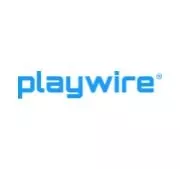






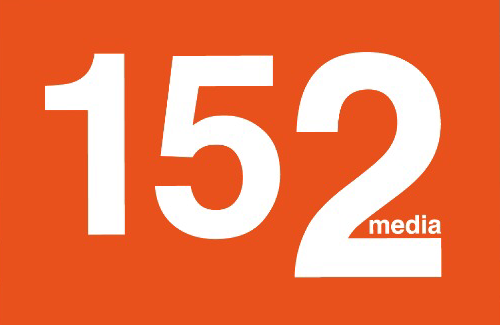

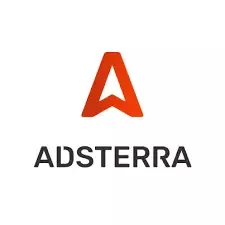


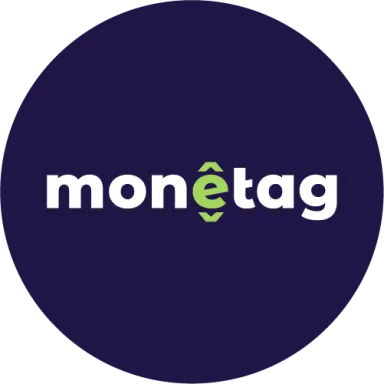
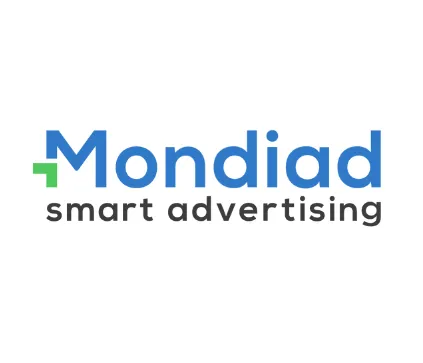



 (1).webp)

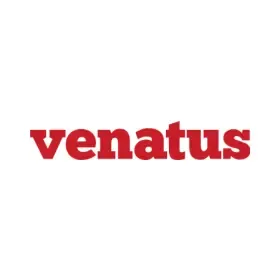
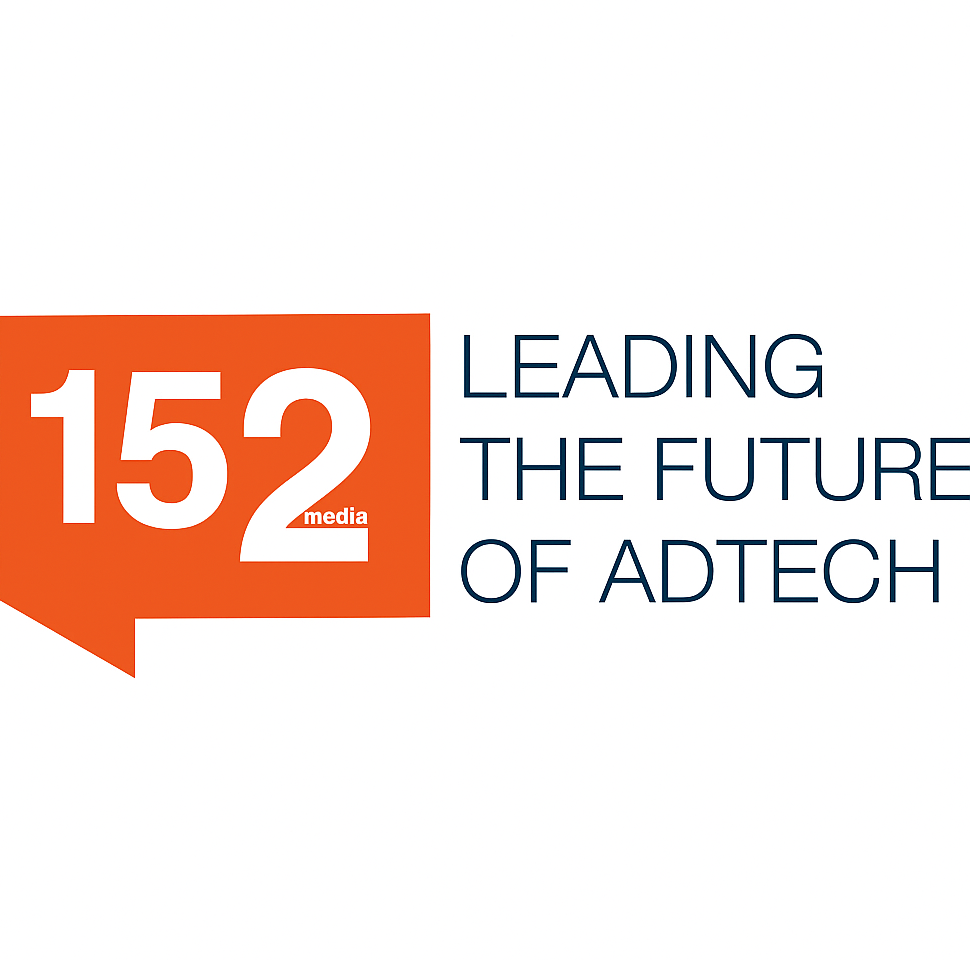




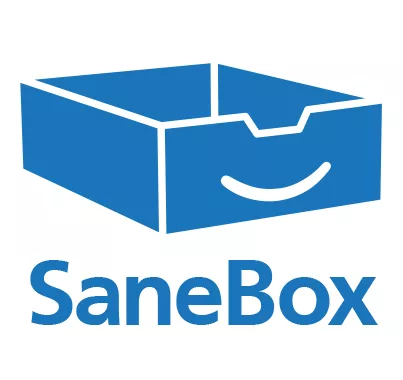



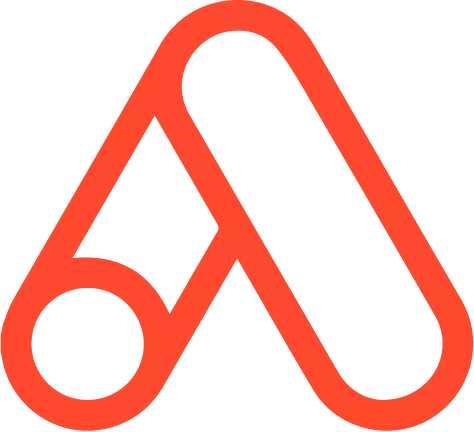


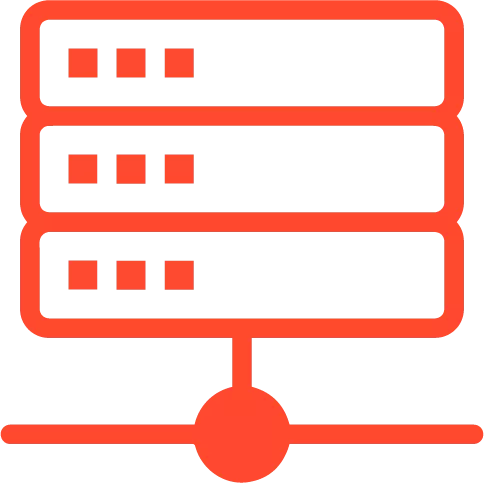




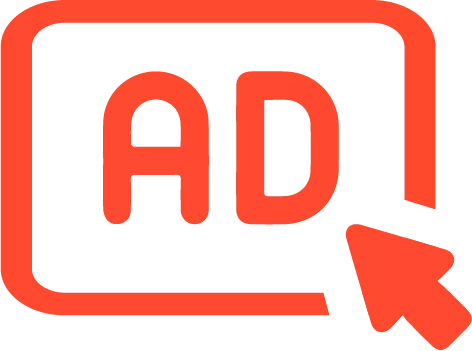





-1668044393.jpeg)